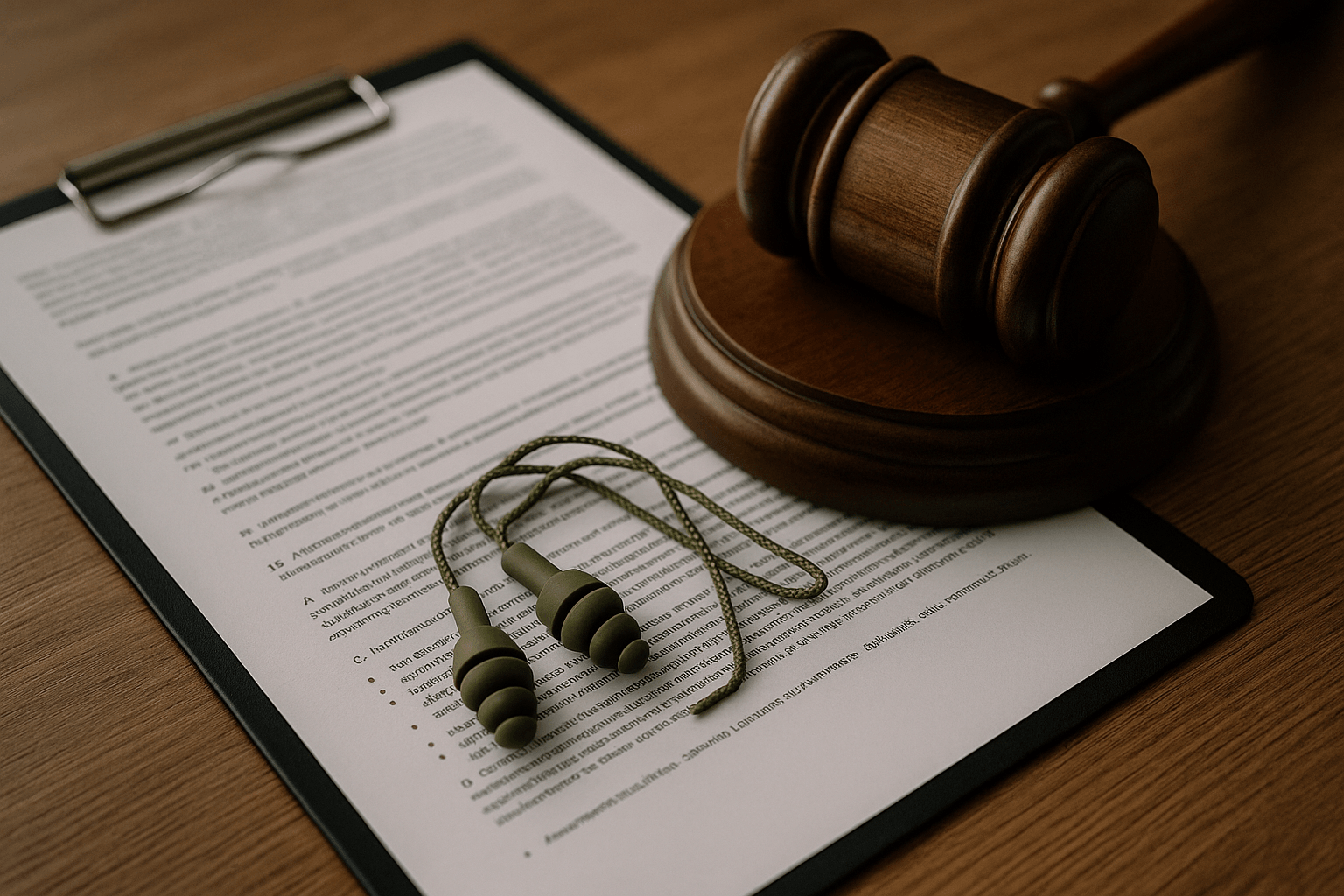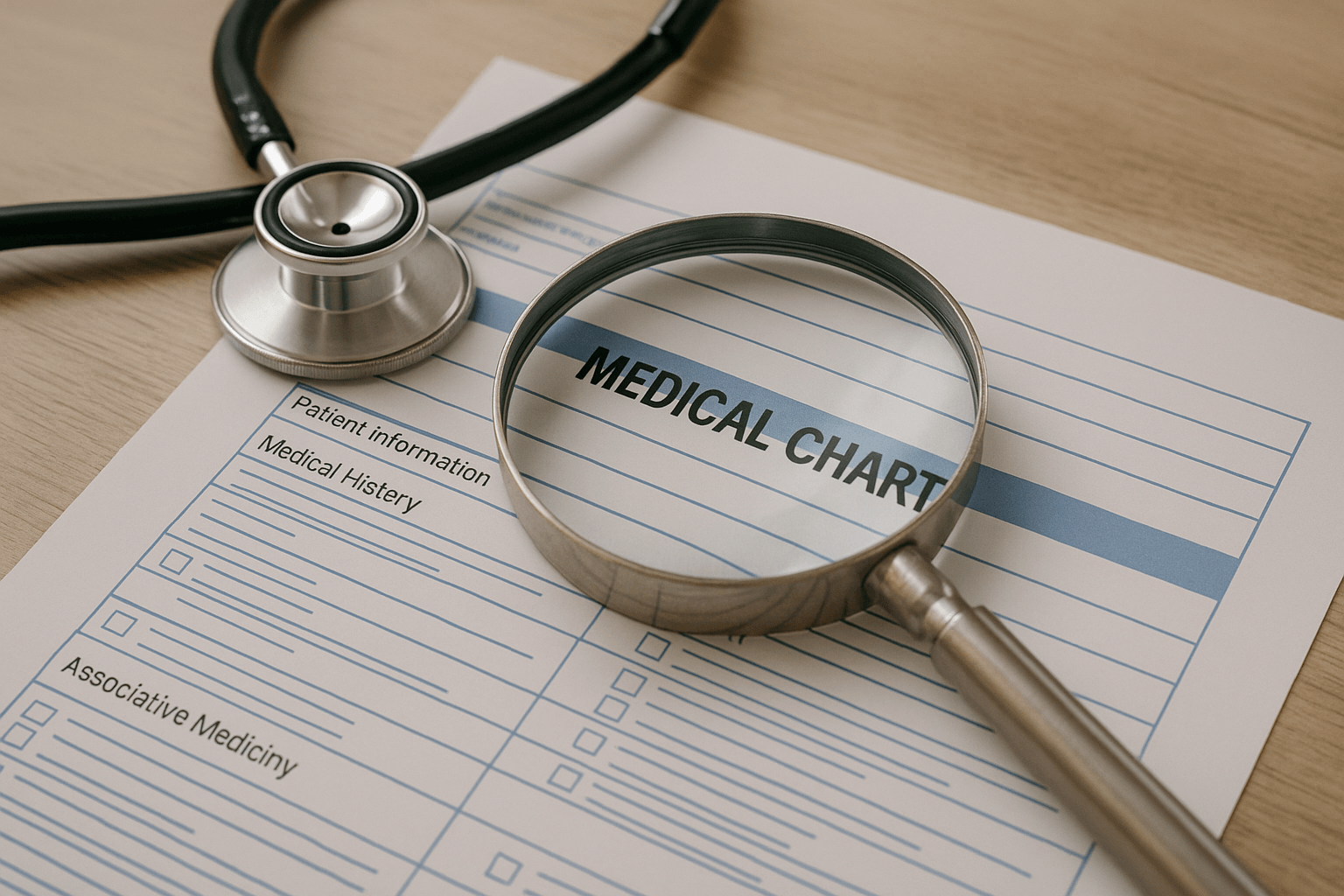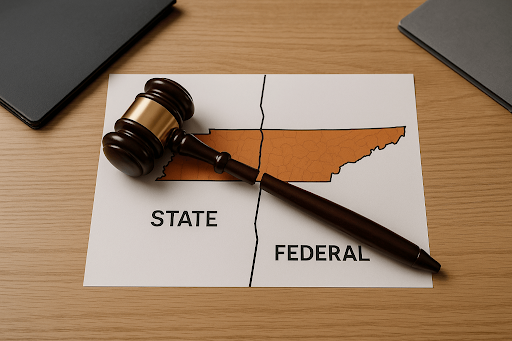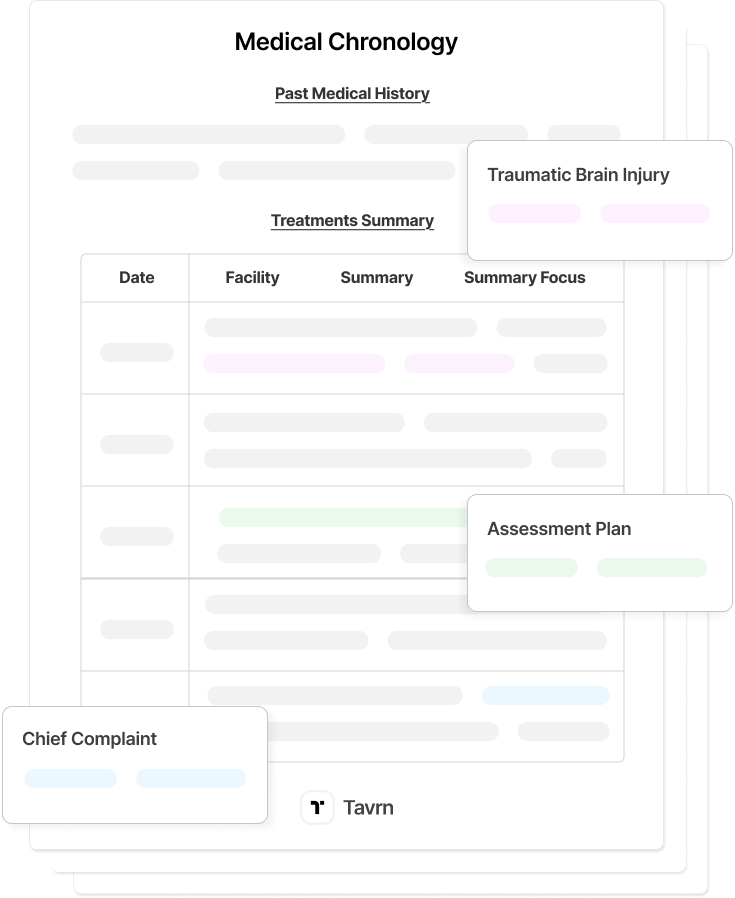Virginia maintains one of the nation’s most established medical malpractice damage limitation systems, with a total cap on all recoverable damages rather than separate economic and noneconomic caps.
Since 1999, Virginia’s statutory framework has provided predictable liability limits with established constitutional validity.
The current cap of $2.70 million applies through June 30, 2026, with scheduled annual increases reaching $3 million by 2031.
Legal Framework in Virginia
Virginia’s medical malpractice damage caps operate under Virginia Code § 8.01-581.15 within Title 8.01, Chapter 21.1. The framework establishes a hard cap on total recoverable damages for all medical malpractice actions.
The Virginia Supreme Court has consistently upheld the constitutionality of this framework, ruling that caps do not violate the right to jury trial because juries still determine damages, and the court applies the statutory limit afterward.
2025 Virginia Medical Malpractice Caps
Currently, Virginia increases medical malpractice caps by $50,000 annually, rather than adjusting based on the Consumer Price Index as applied in other states.
Current Damage Caps:
- $2.70 million (July 1, 2025 – June 30, 2026)
Scheduled Future Increases:
- $2.75 million (2026–2027)
- $2.80 million (2027–2028)
- $2.85 million (2028–2029)
- $2.90 million (2029–2030)
- $2.95 million (2030–2031)
- $3.00 million (2031-)
Key Application Principles in Virginia
- Unified Cap Coverage: All recoverable damages, including economic, noneconomic, and punitive, fall under the single statutory limit.
Punitive damages are capped separately under § 8.01-38.1, but any punitive award remains subject to the med-mal cap.
- Joint and Several Liability: Virginia applies pure joint-and-several liability.
Any one defendant may be held liable for the full capped judgment, with contribution available between defendants.
- Per Incident Application: The cap applies per patient injury, regardless of the number of defendants.
- Wrongful Death Applications: Medical malpractice wrongful death claims remain subject to the unified cap under § 8.01-581.15.
Recent Developments & Pending Legislation
Two recent bills sought to alter Virginia’s cap structure but failed to advance:
- Senate Bill 904 (2025) proposed the elimination of all damage caps. It was “passed by indefinitely” in the Senate Finance & Appropriations Committee, effectively halting it for the 2025 session.
- Senate Bill 493 (2024): Proposed removing caps for patients aged 10 or younger. The bill failed to advance after committee consideration and did not reach a floor vote.
As of September 2025, no new legislation is pending that would alter the statutory cap schedule.
Key Virginia Medical Malpractice Court Precedents
Two cases form the backbone of Virginia’s precedent on medical malpractice caps. Bulala clarified the breadth of damages and parties subject to the cap, while Pulliam confirmed its constitutional validity.
Bulala v. Boyd: Comprehensive Application Scope
Bulala v. Boyd (1990) arose out of a medical malpractice claim against an obstetrician after complications during childbirth resulted in severe injury to both mother and child. The plaintiffs challenged the statutory cap, arguing it was unconstitutional and unfairly limited recovery.
The Supreme Court of Virginia held that the cap applied to all categories of recoverable damages, including pain and suffering, emotional distress, and punitive damages. It also confirmed that multiple plaintiffs injured in the same incident could not each recover up to the cap independently.
Bulala reinforced the legislature’s prerogative to set uniform liability limits in the interest of controlling insurance costs and ensuring predictability in the medical malpractice system. The case remains a touchstone for interpreting the breadth of Virginia’s cap statute.
Pulliam v. Coastal Emergency Services: Constitutional Foundation
In Pulliam v. Coastal Emergency Services (1999), the state supreme court considered claims brought by a patient against emergency room providers. Plaintiffs argued the malpractice cap violated constitutional protections, including equal protection and the right to a jury trial.
The Court held that the statute did not violate the right to jury trial, equal protection, or separation of powers. The reasoning emphasized a two-step process:
- Juries continue to perform their fact-finding function by determining the full measure of damages.
- Courts subsequently apply the statutory limit as a matter of law.
This framework preserved the jury’s role while sustaining legislative authority to limit recovery, and the decision laid the foundation for consistent enforcement of Virginia’s cap system.
Procedural Rules for Filing Malpractice Claims in Virginia
Virginia medical malpractice claims must comply with specific procedural requirements under Title 8.01 (Civil Remedies & Procedure):
- Statute of Limitations and Repose: § 8.01-243 sets a two-year limitation period. Certain discovery extensions apply (foreign objects, concealment, misdiagnosis), but cannot extend beyond ten years from accrual.
- Claims Against the Commonwealth: § 8.01-195.6 requires written notice within one year, and § 8.01-195.7 requires filing suit within 18 months of notice and no more than two years from accrual.
- Expert Certification: § 8.01-20.1 requires that, at service of process, plaintiffs certify they obtained a written expert opinion supporting deviation from the standard of care and proximate causation.
- Expert Testimony Standards: § 8.01-581.20 requires medical experts to have active clinical practice or teaching experience in the defendant’s specialty within one year of the alleged negligence.
- Medical Malpractice Review Panels: § 8.01-581.2 allows either party to request a review panel within 30 days of responsive pleadings. Panels include two attorneys, two healthcare providers, and a presiding judge. Court proceedings are stayed during review.
Faster Case Evaluation Under Virginia’s Unified Cap
Virginia’s single cap requires attorneys to carefully allocate damages categories within the statutory ceiling. Economic damages, such as medical expenses and lost wages, must be balanced against noneconomic damages like pain and suffering to maximize recovery.
Medical records and chronologies are essential for accurate damage calculations. Attorneys frequently rely on demand letters to articulate damages strategically within the unified cap structure.
See our insights on how AI-powered medical record reviews and automated demand drafting enable faster, more efficient case preparation.

.webp)
.webp)




















































